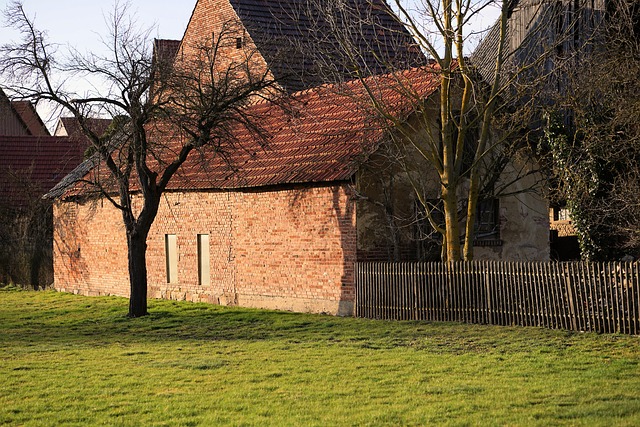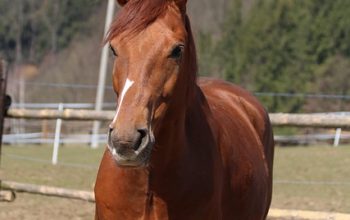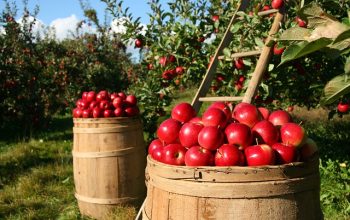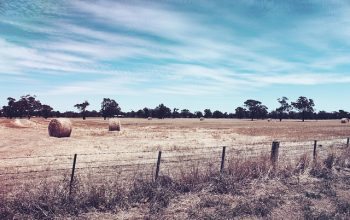Designing effective fencing solutions for farms in Ontario requires understanding cattle behavior and local environmental conditions. For open fields, robust high-tension wire fences provide security and ease of access, while mixed barrier fences with wooden posts are suitable for wooded areas. Balancing functionality and aesthetics, electric fences manage smaller grazing areas, while traditional wooden fences enhance larger properties' natural landscape. Using durable materials like stainless steel or vinyl-coated wire, proper post spacing, and burying posts ensures fence stability. Regular inspections, maintenance, lighting at entry/exit points, and clearing hazardous objects safeguard both cattle and people, enhancing farm safety and effectiveness.
Fencing your farm is a crucial investment, especially when raising cattle in Ontario. This guide offers essential tips for installing and maintaining durable cattle fences tailored to Ontario’s unique landscape and weather conditions. From understanding local cattle behaviour to choosing suitable fence types, we cover it all. Learn installation best practices and safety considerations to ensure your fence stands the test of time, keeping your cattle secure and your farm operation efficient. Discover the key to successful fencing for farms in Ontario.
Understanding Cattle Behavior and Fencing Needs in Ontario
Understanding cattle behavior is key when it comes to designing an effective fence for farms in Ontario. Cattle are herd animals with natural instincts to graze and move freely, so a fence should be designed to accommodate these tendencies while ensuring their safety. In Ontario, where agricultural practices vary across diverse landscapes, the ideal fence needs to be tailored accordingly. For instance, a robust, high-tension wire fence might be suitable for open fields, providing both security and ease of movement for cattle. However, in more wooded areas, a mixed barrier fence incorporating wooden posts and wires could be more appropriate, offering protection from potential predators while allowing animals to browse on available vegetation.
When considering a farm fence for Ontario, it’s crucial to understand that different breeds and sizes of cattle may have varying needs. Heavier breeds might require sturdier posts and stronger wire tension to withstand their weight as they lean against the fence during grazing. Additionally, the region’s climate plays a part; sturdy fences need to withstand harsh winters and potential snow load, whereas hot summer months necessitate ventilation considerations in enclosed spaces. By aligning fencing choices with both cattle behavior and local environmental factors, Ontario farmers can create safe and efficient grazing areas for their herds.
Choosing the Right Fence Type for Your Ontario Farm
When it comes to cattle fencing in Ontario, selecting the appropriate fence type is a crucial decision that impacts both the functionality and aesthetics of your farm. The key lies in understanding the unique needs of your cattle and the environment they inhabit. For instance, electric fences are a popular choice due to their effectiveness in containing livestock while allowing for adequate air circulation and visibility. These fences are particularly useful for managing smaller grazing areas or creating separate pens for specific animal groups.
On the other hand, traditional wooden fences offer a more enduring and aesthetically pleasing option, especially for larger properties. They provide a secure barrier that prevents cattle from straying and can be designed to complement the natural landscape. Consider factors such as durability, maintenance requirements, and local regulations when making your selection. Ultimately, the right fence type should serve both your practical needs and the overall vision for your Ontario farm.
Installation Tips for Durable Cattle Fencing
When installing cattle fencing in Ontario, durability is key to ensuring your investment protects your farm effectively. Start by selecting high-quality materials that are specifically designed for outdoor use and resilient against the harsh Canadian climate. Stainless steel or vinyl-coated wire are excellent choices as they resist rusting and corrosion, which can weaken traditional metal fences.
During installation, ensure proper post spacing to provide adequate support without compromising the fence’s strength. Post spacing should be based on the fence’s height and expected load, typically ranging from 6 to 10 feet apart for most cattle fences in Ontario. Additionally, consider burying the bottom edge of posts a few feet into the ground to enhance stability against strong winds and potential animal pressure. Regular maintenance, including checking for loose connections and replacing worn-out components, will extend the life of your cattle fence, keeping your farm secure and your animals safe.
Maintenance and Safety Considerations for Effective Cattle Fencing in Ontario
Cattle fencing in Ontario requires regular maintenance and safety considerations to remain effective. Regular inspections are crucial to identify any signs of damage, wear, or potential hazards that could pose risks to both cattle and individuals. Promptly repairing or replacing faulty sections is essential to maintain the integrity of the fence.
Safety features such as well-lit areas around fences, especially at entry and exit points, can prevent accidents. Additionally, ensuring proper clearance around posts and avoiding sharp edges or protruding objects within reach of cattle helps mitigate injuries. Regular cleaning and maintenance also contribute to keeping the fence visible, reducing the risk of collisions, particularly during low-light conditions.
When it comes to fencing your farm in Ontario, understanding cattle behaviour, selecting the appropriate fence type, and proper installation are key. By incorporating durable materials and implementing regular maintenance, you can create an effective barrier that keeps cattle safe while allowing for optimal grazing. Remember, a well-designed fence for farms in Ontario not only protects your property but also contributes to the overall health and productivity of your livestock.




